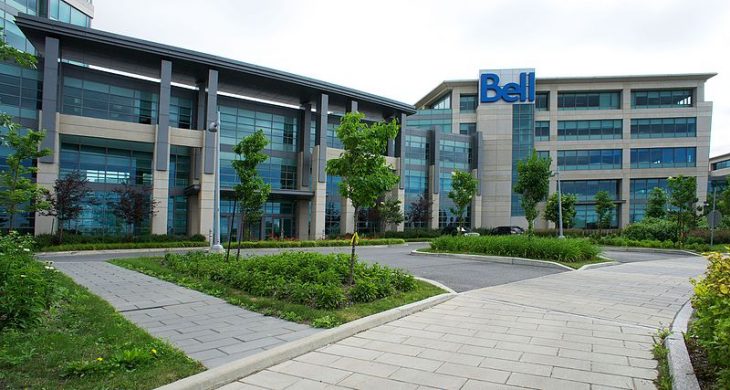
By Ahmad Hathout
TekSavvy is warning this month that a telco requirement to buy a minimum percentage of what it says is unnecessary capacity to get access to higher gigabit services on aggregated fibre-to-the-premises (FTTP) networks will result in higher costs and lower sales.
The independent telecom is responding to an application by Bell, filed last month, that requests approval of the CRTC to remove the 10 Mbps, 50 Mbps, and 300 Mbps speed tiers for competitors’ residential customers in its Aliant operating territory in Atlantic Canada. Bell explains that it has no customers on the tiers proposed to be removed from competitor access, and that such an approval would be in-line with the commission’s speed-matching requirement because it no longer offers those speeds to its own retail customers.
But TekSavvy is concerned that Bell’s tariff application maintains a requirement that competitors buy and maintain a minimum of 30 per cent of the interconnections needed to provide services over 1 Gbps.
For example, if TekSavvy wants to buy the offered 1.5 Gbps or 3 Gbps (or a higher speed) service from Bell, it will have to purchase the 10 or 100 gigabit ethernet capacity options. But to purchase those options, the competitor would need to, according to TekSavvy, purchase equal to or greater than 30 per cent of the interconnections needed to get the service – 3 Gbps for a 10 gigabit ethernet capacity and 30 Gbps for 100 gig ethernet links.
The problem, according to TekSavvy, is that it doesn’t need that much capacity to operate the services.
“This minimum requirement is more capacity than competitors will require, artificially inflating costs and, ultimately, restricting competitors and reducing competitive choice for consumers,” TekSavvy said in its intervention, adding it will then have to choose to pony up those costs to keep up with higher speeds or saddle its customers with speeds at or below 1 Gbps.
“The purpose of the wholesale regime is to provide options, and competitors are eager to be able to offer wholesale-based FTTP options in the market, and specifically the fastest speeds,” TekSavvy added.
TekSavvy is asking the CRTC to make, as a necessary condition for the withdrawal of speed tiers, the removal of the 30 per cent minimum capacity requirement for all of its tariffs.
TekSavvy is also asking the CRTC to force Bell to ensure that residential and business segments have the same speeds to align with speed-matching requirements. For example, while Bell proposes to withdraw the 300 Mbps speed as a residential option, it hasn’t proposed such a withdrawal on the business side, TekSavvy says.
“So long as Bell continues offering the 300 Mbps service speed to retail customers, an equivalent 300 Mbps WHSA service must be offered,” TekSavvy argued.
Absent an explanation from Bell, TekSavvy is asking the commission to reject such a withdrawal request until the CRTC makes a determination on a March 2020 show cause proceeding that asks parties why it’s necessary to differentiate between wholesale HSA services for residential end-users and those for business end-users.
TekSavvy is also asking that the CRTC apply any changes approved as a result of this proceeding to all of Bell’s tariffs related to aggregated access to its FTTP networks “to most efficiently apply the regulatory framework equitably” across the country.
A Bell spokesperson told Cartt that the telco will respond to TekSavvy’s intervention in a reply by the April 6 deadline.
The tariff application and reply come after the CRTC ordered Bell and Telus to open their bundled fibre networks for mandated access by competitors. Since the decision, which has been challenged by several parties, Bell has said it is cutting its planned fibre investment for 2025 unless the commission decides to ban Rogers, Bell and Telus from using those networks on commission-approved rates. The commission said it expects to make a decision by this summer on applications challenging the new wholesale internet access framework.



